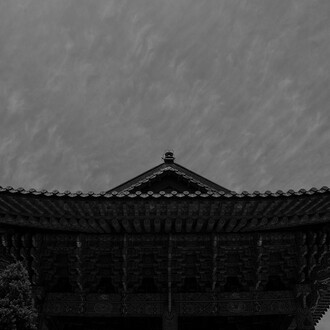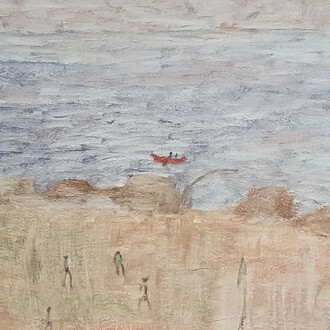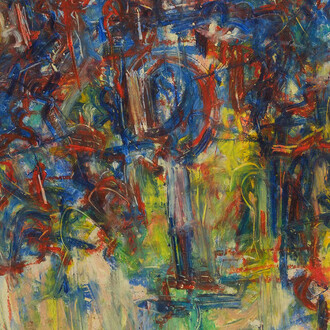Opening June 13, The New York Historical highlights the intersection of politics, art, and culture that shaped America’s Red Scare in Blacklisted: an american story, a traveling exhibit created by the Jewish Museum Milwaukee. Expanded by The Historical, the exhibition builds on the story of the Red Scare and the blacklisting of screenwriters and directors known as the Hollywood Ten, and the countless others who were impacted. Blacklisted captures the tensions of the domestic Cold War, revealing how global politics infiltrated America’s entertainment industry in the late 1940s and 50s through a government crackdown on artistic expression.
“Our aim with Blacklisted is to prompt visitors to think deeply about democracy and their role in it,” said Dr. Louise Mirrer, president and CEO of The New York Historical. “The exhibition tackles fundamental issues like freedom of speech, religion, and association, inviting reflection on how our past informs today’s cultural and political climate.”
The Hollywood Blacklist emerged as a key manifestation of the Red Scare in the postwar United States. With the rise of global Communism during the Cold War, anxiety over the emergent power and influence of the Soviet Union fanned fears domestically. Numerous industries purged employees suspected of being sympathetic to Communism. Hundreds of people lost their jobs, and thousands stood by silently, afraid of jeopardizing future employment.
The exhibition opens with a look at the first Red Scare, which came on the heels of the First World War. Wartime heralded a crackdown on both immigrants and political dissidents, particularly critics of war. Hundreds of immigrant activists were deported, including Emma Goldman. A pamphlet she co-wrote in 1919, Deportation: its meanings and menace; last message to the American people, is on display.
Social conditions of the 1930s and 1940s drove many artists and writers to embrace radical politics through groups like the Communist Party USA (CPUSA). During this period, the CPUSA was the only interracial political party and the only party with a platform supporting racial equality and self-determination for Black communities. A 1932 lithograph on view—“Equal Rights for Negroes Everywhere! Vote Communist”—depicts the interracial presidential ticket of William Z. Foster and James W. Ford, the first African American to run for vice president in the 20th century. While this interwar period is considered the “heyday of American Communism,” CPUSA’s official membership never exceeded 100,000. The Red Scare would decimate the CPUSA and shatter many progressive coalitions accused of having Communist ties.
In 1947, the House Un-American Activities Committee (HUAC) called Hollywood figures to testify about allegations of communist propaganda in American films. Although the committee never found any evidence, it held ten of the writers and directors in contempt of Congress and fined and sentenced them to prison. Hollywood responded by creating a self-imposed Blacklist of those implicated in the proceedings. Red-baiting, a move to discredit someone by labeling them as a Communist or Communist sympathizer, became widespread across government, industry, and the media throughout the 1950s.
Objects on view include Blacklisted screenwriter Dalton Trumbo’s Academy Awards for Roman holiday— originally awarded only to co-writer Ian McLellan Hunter since Trumbo was prohibited from working in film under his own name—and The brave one, awarded to the fictitious Robert Rich. (Hunter was later Blacklisted.) Also on display are typewriter ribbon tins with personal items Trumbo collected and kept while he was incarcerated and letters written to him by his young daughter during that time.
The ways in which Broadway and New York’s theatre community responded during this era is also explored with a selection of programs, photographs, and other ephemera. On view is an original souvenir book for the 1943 production of Othello, starring Paul Robeson, an active Communist and the first Black actor cast in the role in a major US Shakespearean production, who was later investigated for his political expressions. Originally staged in 1934, The children’s hour was revived in 1952 at the height of the Red Scare and directed by its playwright Lillian Hellman, who had been blacklisted in Hollywood. A vintage photograph of Hellman, taken by Editta Sherman, is among the many theatre-related objects on view.
















